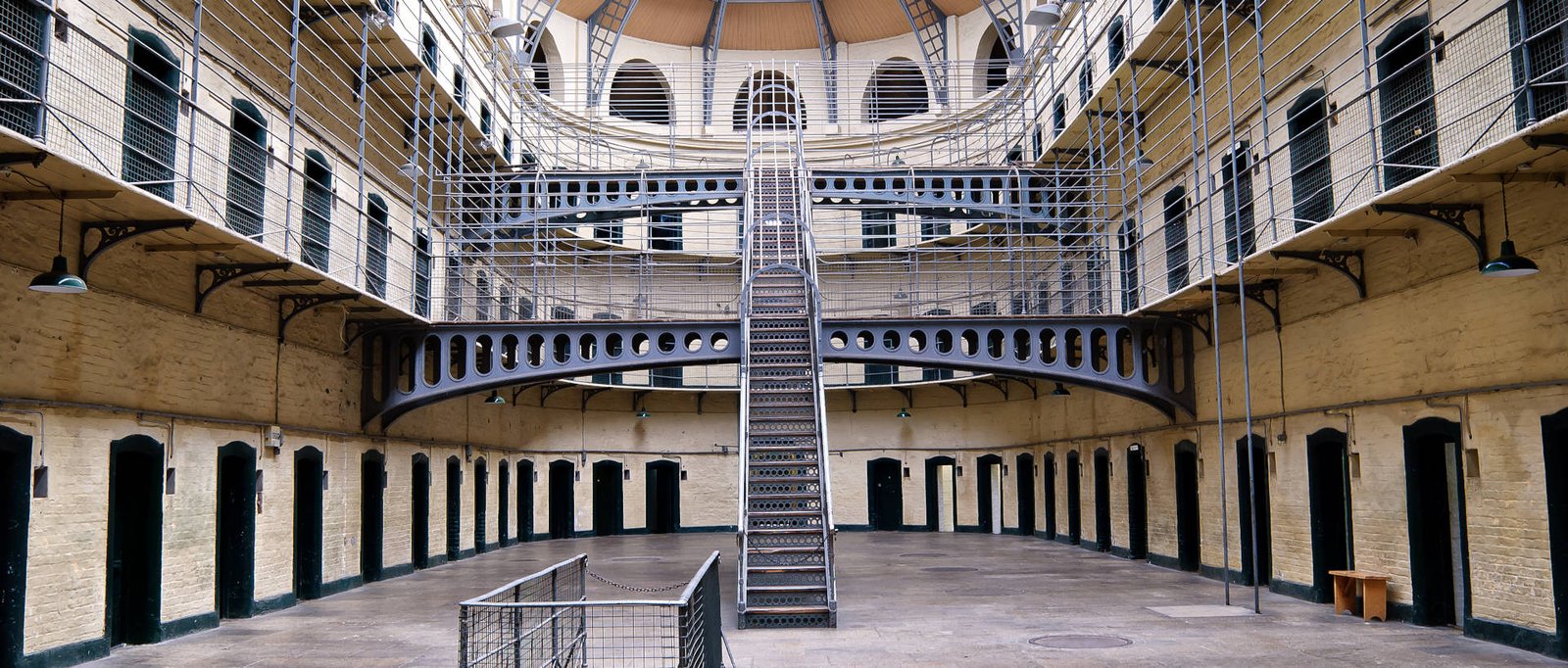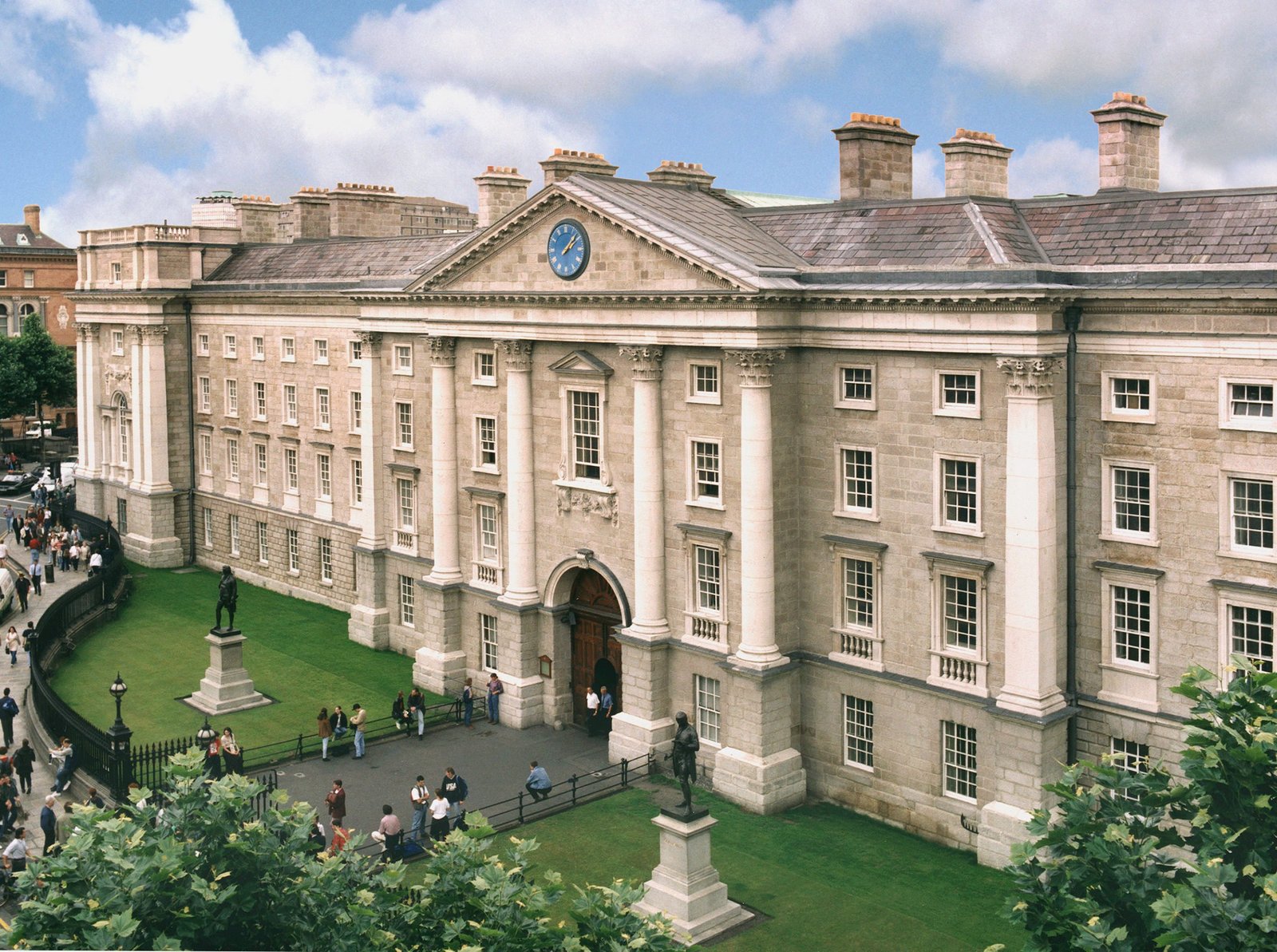Kilmainham Gaol (formally a prison) is now a museum where leaders of the 1916 Easter Rising were imprisoned and executed by the British. Built in 1796 there was no segregation of prisoners by neither gender nor age with up to 5 persons allocated to each cell. Up till the 1820’s hangings took place in the front of the prison. Conditions were very poor, particularly for the women.
In 1924 the prison was decommissioned and there was little interest in preserving it as it was seen as a symbol of the British oppression and occupation. The prison gradually fell into a state of disrepair untol the late 1950’s when interest surged in preserving the prison given its rich history. Finally in 1971 the gaol reopened to the public.
It’s now seen as one of the most important historical buildings in the state and it’s hard to believe that at one time consideration was given to levelling the site. Its story is intrinsically linked with Irish nationalism.
Former prisoners include, Robert Emmet, Charles Stewart Parnell, Michael Davitt, Patrick Pearse, James Connolly, Constance Markievicz, Eamon de Valera, Joseph Plunkett, Thomas Clarke and Madeleine fffrench-Mullen amongst many notable others.
Today the Gaol is open all year round for visitors and due to its popularity we recommend booking in advance online. Note that it’s by guided tour only and lasts about an hour. The Gaol is very cold during the winter and spring months!
Getting there: Bus 69,79,13,40. LUAS Suir Road Stop. See www.kilmainhamgaolmuseum.ie












